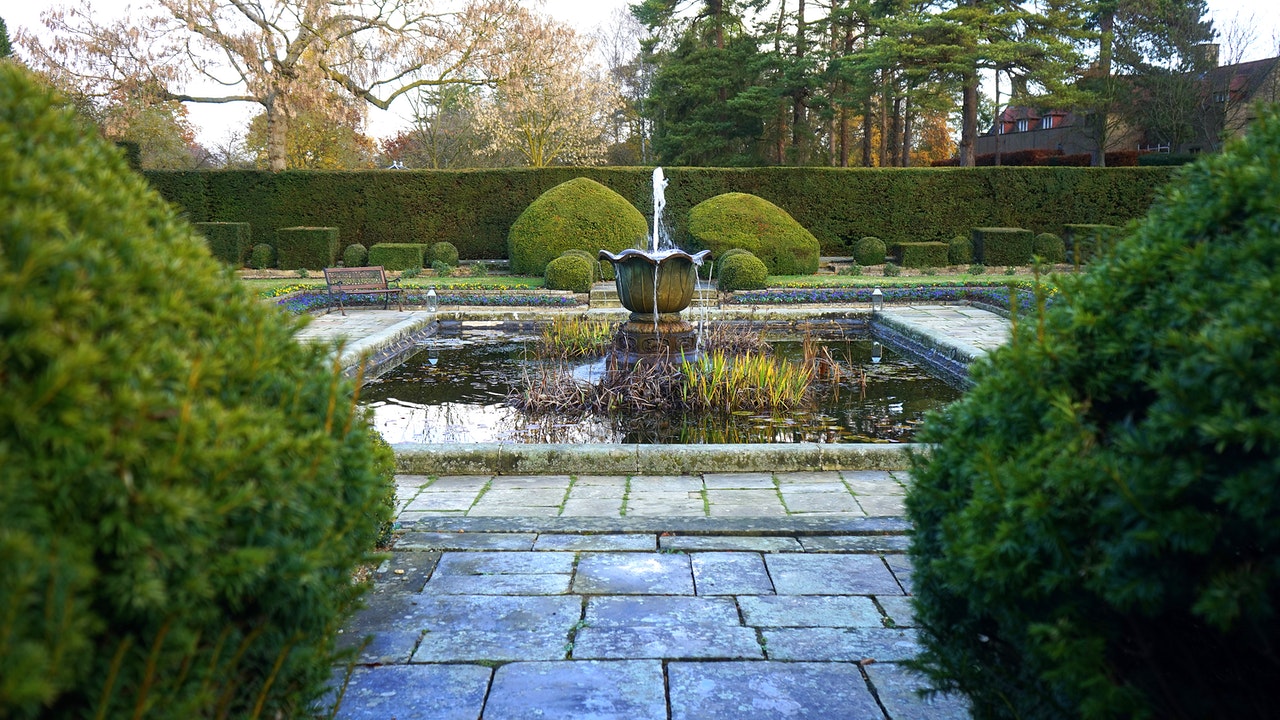Most life on earth requires oxygen to live and fish are no different. You could have the cleanest water around but if it doesn’t contain oxygen, the fish will suffocate and die.
Pond oxygenation is such an important topic, it’s all we’re going to be discussing in this post.
Even if you don’t have fish, it’s important to oxygenate the water. If for nothing else than to keep algae at bay.
So, whether you have fish or not, pond oxygenation is something you’re going to need to spend time on.
Oxygenation vs. Aeration
First let’s clear up a common confusion. The difference between oxygenating a pond and aerating it.
Oxygenation describes adding oxygen to the water using one of the processes we’ll outline below.
Aeration is the process of moving the water around to distribute nutrients and help prevent algae buildup.
They are both part of the oxygenation process but purely aerating water does not introduce oxygen. It’s a small but important distinction.
How to tell if there isn’t enough oxygen in a pond
There should ideally be enough oxygen in your pond to support all life with a little spare.
You can often tell if a pond doesn’t have enough oxygen, as you’ll detect one or more of these three signs:
Fish gasping for air on the surface – Aside from the odd trip to the top for sightseeing or to feed, most pond fish stay underwater. If you see your fish break the surface with their mouth open when it isn’t meal time, that’s a sign.
Water turning green – While this isn’t only a sign of lack of oxygen, it is a sign. Algae will form a thick layer on the surface, starving the pond of light and nutrients as well.
Bad smell – Poorly oxygenated water will smell like dead vegetation. It’s not the most pleasant smell and is a sure sign something isn’t right.
How much oxygen should there be in a pond?
There is no hard and fast rule, but the common wisdom is that there should be 5-6 parts per million. Any less and fish could get distressed.
You can use a pond test kit to assess oxygen levels and we recommend doing it regularly as part of your overall pond maintenance schedule.
Some test kits will also measure water quality and other things too, so they are well worth using.
How to oxygenate a pondThere are a few ways to increase oxygen levels in a pond and we’ll share a few of them here.
Add an air pump
An air pump takes oxygen from the air and injects it into your pond. Along with a standard pond pump or aerator, the oxygenated water should then be distributed around the pond.
Air pumps are very effective at keeping pond water oxygenated and can be all you need to keep your water and your fish healthy.
Use the same principles in sizing an air pump as you would sizing a pond pump. Too little oxygen and you won’t fix the problem. Too much oxygen and your fish could suffer.
You could optionally use oxygen stones instead or as well as an air pump.
Add a water feature
Fountains, waterfalls and other water features can all help water movement. The impact of water hitting the surface can also oxygenate the water.
The water feature doesn’t have to be huge, just enough to help circulate the water throughout the pond and add oxygen. Even a small fountain can make a difference.
Add oxygenating plants
Some plants will produce oxygen as part of their natural processes and release it into the water.
You have to be careful with plants though as some will reabsorb that oxygen at night and replace it with carbon dioxide.
Plants are definitely recommended to form part of the natural balance of your pond, but give a lot of thought to the number and type of plans you use.
Then keep an eye on growth to make sure they don’t overwhelm the pond.
Other tips for pond oxygenation
If you want to keep your pond healthy and water oxygenated, here are a few tips that can help.
Keep your pond clean
Keep an eye on debris, leaves and dead plant life in the water. Remove as much as possible with a net or pond vacuum to reduce contamination as much as possible.
Cold water retains oxygen better than warm water
If your pond has direct sunlight, add some shade plants or floating plants to help keep the water cool. Cool or cold water retains oxygen more effectively than warmer water.
Some fish don’t cope so well in warm water either so this has a double benefit.
Maintain your pond pump and filter
Regularly check your pond pump and filter to ensure they are cleaning the water and effectively distributing it around your pond.
Make pond pump and filter checks part of your normal routine and keep an eye on water colour and odour whenever you pass the pond.
A healthy pond is an oxygenated pond
While it may sound a lot, checking oxygen levels in a pond is relatively simple once you know what to look for.
Keep an eye on the fish, keep the pond clean and clear of debris, make sure your pond pump and filter are always working and add or remove plants and water features until you reach a balance.
Once done, your pond will mostly look after itself!
